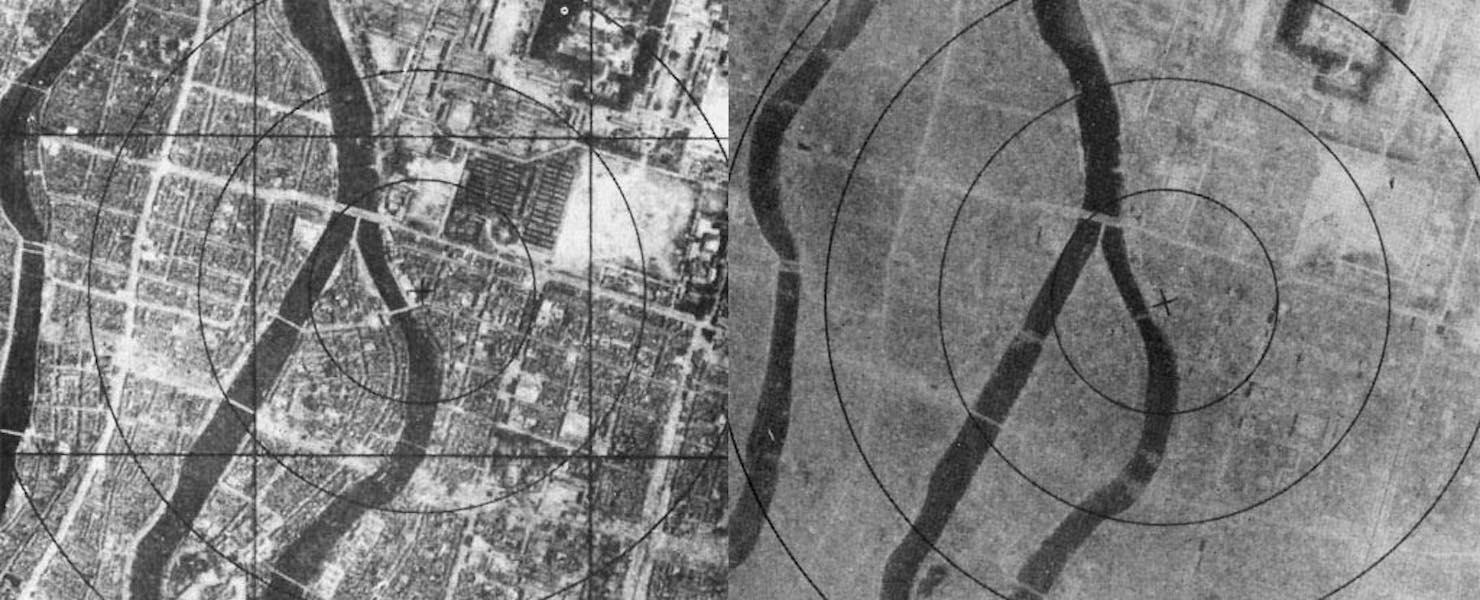This article was translated by John R. Bopp
This is one of those stories that causes anguish in the soul. We know we don’t need to remind you how in 1945, first the city of Hiroshima, and then that of Nagasaki, were “vaporized” by two atomic bombs.
Apart from the human tragedy that is the death of hundreds of thousands of people, and the long-term damage those explosions left on the survivors and their descendants, there is an aspect that has never been studied or unraveled.
While classic bombs such as those dropped on Guernica or Dresden leave behind the remains of the destroyed city in the form of rubble, in the case of Hiroshima and Nagasaki, a good part of the city simply “vanished”, or “disintegrated”.
The field work of Basque geologist Marc de Urreiztieta, on the beaches of the Motoujina peninsula, has served to discover where and how the materials that once made up part of that city ended up. Dr. Mario Wannier then took Marc’s findings and found something unusual in them, and a team led by Dr. R. Wenk at UC Berkeley analyzed the samples and carried out the meticulous investigation:
In the sand of these beaches, he found a high concentration of strange particles that made up part of the bomb’s explosion and which ended up accumulating there. The researchers estimate that for every square kilometer of beach, up to a depth of 10 cm, there are between 2,200 and 3,100 tons of these particles.
The story, it goes without saying, is spreading like wildfire.
We’ll leave you with the two articles and the study published in Anthropocentre.
Edit 6/10/19: Many thanks to Marc de Urreiztieta for reaching out to us to ensure we were reporting accurate information!
Diario Panorama de Santiago de Estero – 15/5/2019 – Argentina
Descubren donde están los edificios pulverizados por la bomba de Hiroshima
En la mañana del 6 de Agosto de 1945, la bomba lanzada por Estados Unidos en la ciudad japonesa de Hiroshima mató ese día a cerca de 80.000 personas. Para fines de 1945 la cifra de muertes había llegado a al menos 140.000. La explosión también destruyó o dañó al 90% de las construcciones de Hiroshima.
(Follow) (Automatic translation)
Science Alert – 15/5/2019 – Australia
The Ghostly Legacy of Hiroshima Has Finally Been Discovered in Physical Form
What happened to Hiroshima? Everybody thinks they know the answer, and yet, strangely, nobody does. History tells us Hiroshima was destroyed by the first atomic bomb deployed in war on 6 August 1945. But what happened to the actual city when it was consumed in its awful, unforgettable fire? Where did Hiroshima go?
(Follow) (Automatic translation)
Anthropocentre -5/2019 – USA
Fallout melt debris and aerodynamically-shaped glasses in beach sands of Hiroshima Bay, Japan
A complex association of millimeter-sized, aerodynamically-shaped debris, including glass spherules, glass filaments, and composite-fused melt particles was recovered from beach sands on the shores of the Motoujina Peninsula in Hiroshima Bay, Japan
(Follow)


Last Updated on Dec 20, 2020 by About Basque Country






























